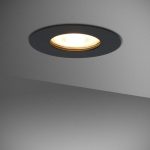How Do LED Lights Work? A Simple Explanation of LED Technology
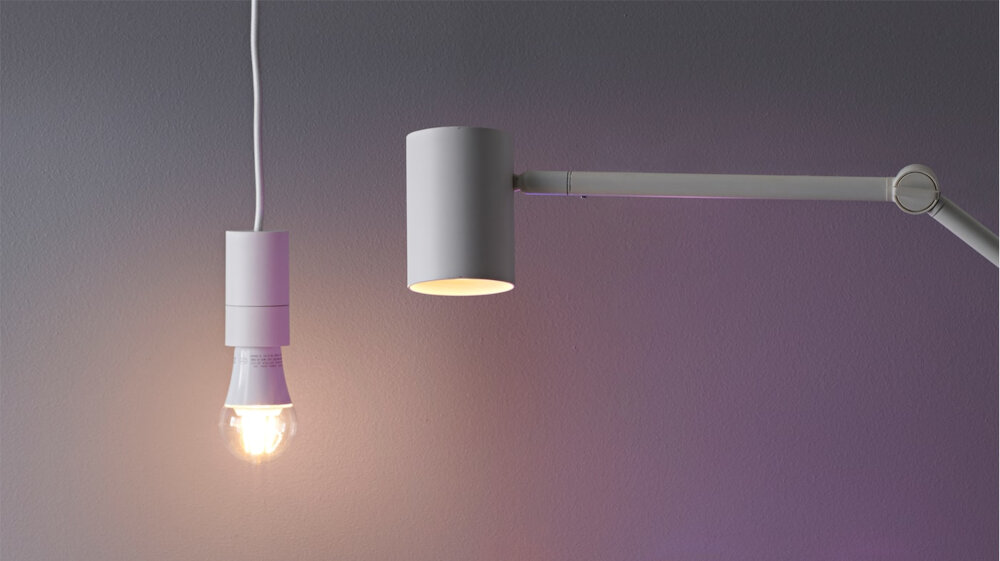
LED lights have become increasingly popular over the years due to their energy efficiency, long lifespan and versatility. Unlike traditional incandescent bulbs, LED lights use a different technology to produce light. But how exactly do LED lights work? In this article, we will provide a simple explanation of LED technology and the science behind it. LED stands for Light Emitting Diode. It is a semiconductor device that converts electrical energy into light. When a current is passed through the diode, the electrons inside the material become excited and release energy in the form of photons. This process is called electroluminescence and it is what produces the light in an LED. LED lights are much more efficient than traditional bulbs because they do not produce heat as a byproduct, which means that more of the energy is used to produce light rather than wasted as heat.
What are LEDs?
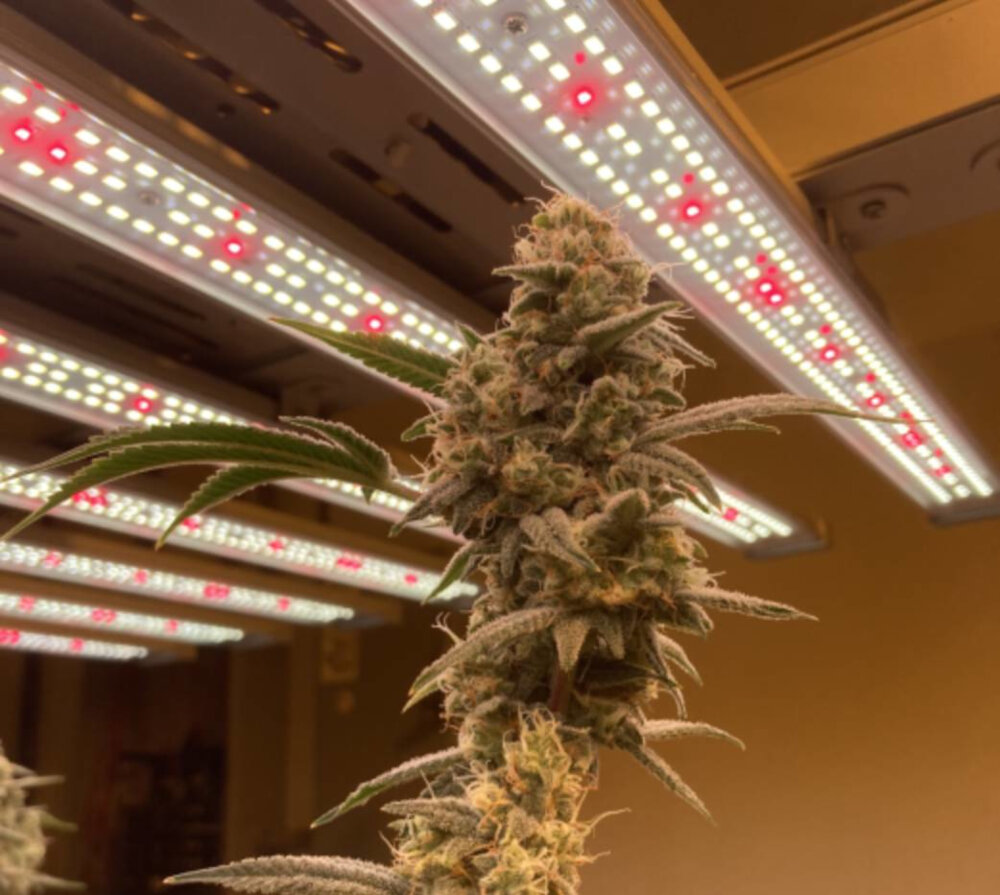
LEDs, short for Light Emitting Diodes, are the latest and most energy-efficient lighting technology available in the market. They are semiconductor devices that emit light when an electric current is passed through them. Unlike traditional incandescent bulbs, which produce light by heating a wire filament, LEDs produce light through a process called electroluminescence. This process involves the movement of electrons across a bandgap in a semiconductor material, resulting in the emission of photons or light. LEDs are popular for their high energy efficiency and long lifespan. They are capable of producing the same amount of light as traditional bulbs while consuming a fraction of the energy. In addition, LEDs have a lifespan of up to 50,000 hours, which is significantly longer than the lifespan of traditional bulbs. LEDs are also available in a range of colors, making them ideal for a variety of applications such as decorative lighting, automotive lighting, and traffic signals. Overall, LEDs are a reliable and efficient lighting technology that is rapidly replacing traditional lighting options.
LED (Light Emitting Diode) technology is a lighting system that uses a semiconductor to produce light. Unlike traditional incandescent bulbs that use a filament, LEDs generate light by passing a current through a semiconductor material, such as gallium arsenide, which releases energy in the form of photons. This process is known as electroluminescence. LED technology has become increasingly popular in recent years due to its energy efficiency, long lifespan, and durability. LEDs are used in a range of applications, from household lighting to automotive and commercial lighting, and are available in a variety of colors and brightness levels. Overall, LED technology is a versatile and innovative lighting solution that continues to evolve and improve with advancements in technology.
When comparing LED lights to traditional incandescent bulbs, there are several key differences. First and foremost, LED lights are much more energy-efficient and environmentally friendly than incandescent bulbs. They use up to 80% less energy, which can translate into significant cost savings over time. Additionally, LED lights are much longer-lasting than incandescent bulbs, with an average lifespan of 25,000 hours or more. This means that you won’t have to replace them as frequently, which is not only convenient but also reduces waste. Finally, LED lights are much more versatile than incandescent bulbs, as they come in a wide range of colors and can be used for a variety of purposes, including lighting up large spaces, providing accent lighting, and even creating colorful light displays.
LED lights have numerous advantages over traditional lighting technologies such as incandescent bulbs or fluorescent tubes. Firstly, they are much more energy-efficient, consuming up to 80% less energy than their counterparts. This translates into lower electricity bills and a smaller carbon footprint. Secondly, LED lights have a much longer lifespan, lasting up to 25 times longer than incandescent bulbs. This means less frequent replacements and less waste generated. Additionally, LED lights are much more durable and resistant to shock, vibration, and extreme temperatures, making them ideal for outdoor and industrial applications. Finally, LED lights emit very little heat, making them safe to touch and reducing the risk of fire hazards. All of these advantages make LED lights a superior lighting choice for homes, businesses, and public spaces.
How do LEDs work?

Light Emitting Diodes or LEDs are an innovative technology that has revolutionized the lighting industry. LEDs are small, durable, and energy-efficient devices that emit light when an electric current is passed through them. Unlike traditional incandescent bulbs, LEDs do not rely on a filament to produce light. Instead, they use a semiconductor material that produces light when an electric current is passed through it. The semiconductor material is usually made of a combination of elements such as gallium, arsenic, and phosphorus. When the electric current is applied, the electrons in the material gain energy and move to a higher energy level. As they move back to their original energy level, they release the extra energy in the form of light. LEDs are composed of three layers of materials: the p-type layer, the n-type layer, and the active layer. The p-type layer is positively charged, while the n-type layer is negatively charged. The active layer is sandwiched between the p-type and n-type layers and contains the semiconductor material. When a voltage is applied to the LED, electrons from the n-type layer flow into the active layer, while holes from the p-type layer flow into the active layer. As the electrons and holes combine, they release energy in the form of light. The color of the light emitted by the LED depends on the type of semiconductor material used in the active layer. LEDs are available in a wide range of colors, from red and green to blue and white, making them a versatile lighting option for various applications.
The semiconductor material used in LEDs is typically made of a combination of elements from groups III and V in the periodic table, such as gallium, aluminum, indium, and nitrogen. These materials have unique electronic properties that allow them to conduct electricity in a specific way, which is crucial for the operation of LEDs. When an electric current is applied to the semiconductor material, electrons are excited from the negative side (n-type) to the positive side (p-type), where they recombine with positively charged \holes\. This recombination process releases energy in the form of photons, creating the characteristic bright light emitted by LEDs. The specific combination of semiconductor materials used can also affect the color of the light produced by the LED.
Electrons play a crucial role in the creation of light in LED technology. LED lights contain a semiconductor material that is made up of atoms, each with a nucleus and orbiting electrons. When a voltage is applied to the semiconductor, it causes the electrons to move from their normal orbit to a higher energy level. As the electrons return to their normal orbit, they release energy in the form of photons, which are the particles that make up light. The color of the light emitted is determined by the amount of energy released and the properties of the semiconductor material. By controlling the flow of electrons in the semiconductor, LED lights can produce a wide range of colors and brightness levels, making them a popular choice for a variety of lighting applications.
A PN junction is a crucial component in LED technology, as it allows for the efficient conversion of electrical energy into light energy. This junction is formed by the joining of a p-type semiconductor material, which has an excess of positively charged holes, with an n-type semiconductor material, which has an excess of negatively charged electrons. When an electrical current is applied to the PN junction, the electrons and holes recombine at the junction, releasing energy in the form of photons, which produce light. The PN junction is also responsible for the directionality of the LED light, as the photons are emitted in a specific direction determined by the orientation of the junction. Overall, the PN junction is a crucial element in the operation of LED lights, enabling them to be energy-efficient, long-lasting, and highly adaptable to a wide range of applications.
Types of LEDs
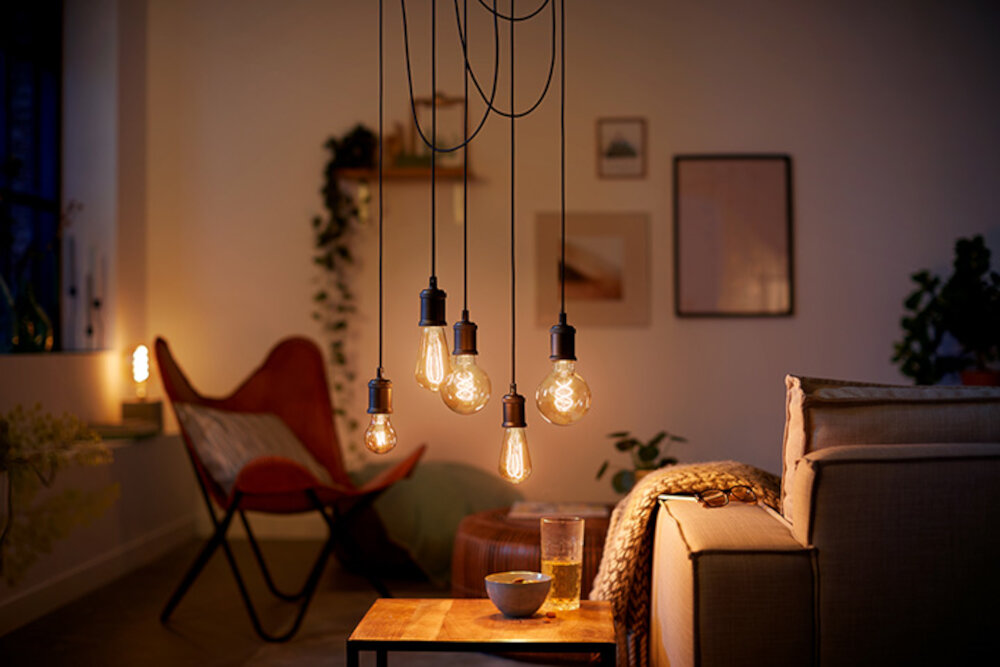
There are various types of LEDs available in the market, each with its unique characteristics and applications. The most commonly used LED types are Surface Mount Diode (SMD), High-Power LED, COB LED, and Organic LED (OLED). SMD LEDs are the most popular type and are used for lighting applications in homes, offices, and public spaces. These LEDs are small, efficient, and affordable, making them an ideal choice for many lighting projects. High-Power LEDs are used for outdoor lighting, streetlights, and automotive lighting. They are more powerful and emit more light than SMD LEDs. COB LEDs, also known as Chip-on-Board LEDs, are a newer type of LED that offers high brightness, high efficiency, and high color rendering index. COB LEDs are used in commercial and industrial lighting applications, such as warehouses, factories, and retail stores. OLEDs are a type of LED that emits light from a thin film of organic materials. OLEDs are used in displays, televisions, and smartphones. They offer high contrast, vivid colors, and are energy-efficient. Understanding the different types of LED is essential when choosing the right lighting solution for any application.
LEDs come in different types, each with its unique characteristics and applications. Surface-mounted LEDs are compact and can be easily mounted onto a circuit board, making them suitable for electronic devices like smartphones and televisions. They emit light in a wide range of colors and can also be dimmed for varying brightness levels. On the other hand, through-hole LEDs have two leads that are inserted into holes on a circuit board and soldered in place. They are often used in lighting fixtures, automotive applications, and other areas where a more significant light output is required. Through-hole LEDs are also available in a variety of colors, including red, green, blue, and amber. Both surface-mounted and through-hole LEDs are highly efficient, long-lasting, and environmentally friendly, making them a popular choice for lighting and electronic applications.
LEDs, or Light Emitting Diodes, come in a variety of colors including red, green, blue, yellow, and white. The color of an LED is determined by the material used to create the diode. The material used in the diode determines the color of the light emitted when an electric current is passed through the diode. For example, a red LED is made from a material that emits red light when a current is passed through it, while a green LED is made from a material that emits green light. LEDs are a popular lighting option due to their energy efficiency, long lifespan, and the ability to produce a range of colors without the need for filters or color gels.
RGB LEDs are a special type of LED that can produce a wide range of colors. Unlike traditional LEDs that emit a single color, RGB LEDs are made up of three separate diodes, each emitting red, green, or blue light. By adjusting the intensity of each diode, different colors can be created. For example, when all three diodes are at maximum intensity, white light is produced. By reducing the intensity of the red diode and increasing the intensity of the green and blue diodes, the LED can produce a range of colors from yellow to cyan. The versatility of RGB LEDs makes them an ideal choice for use in a variety of applications, such as home lighting, automotive lighting, and electronic displays.
Applications of LEDs
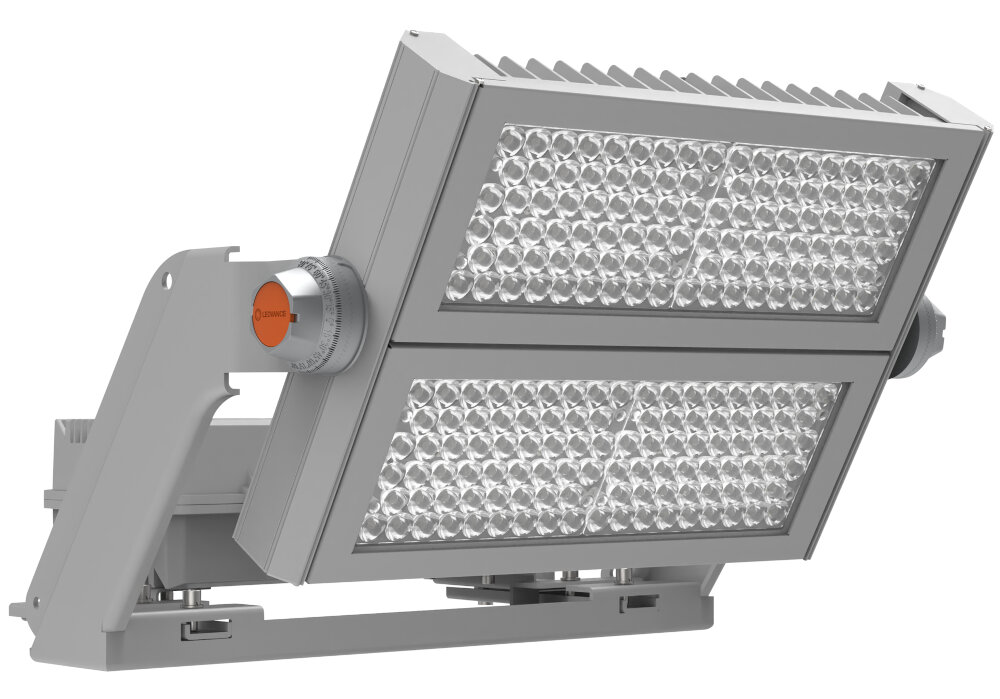
LEDs or Light Emitting Diodes are widely used in various applications due to their energy efficiency, long lifespan, and versatility. One of the most popular applications of LEDs is in lighting. They are used in residential, commercial, and industrial lighting systems. LED bulbs are available in different sizes and shapes, making them ideal for different lighting needs. They are used in streetlights, automotive lighting, decorative lighting, and even backlighting in televisions and computer screens. LEDs are also preferred for their color options, allowing for customized lighting solutions. Additionally, LEDs do not contain harmful substances like mercury, making them an eco-friendly lighting option. Besides lighting, LEDs are also used in electronic devices such as televisions, smartphones, and computers. LEDs are used as indicators and backlighting in these devices. They are also used in remote controls, traffic signals, and emergency lighting systems. LEDs are also used in medical equipment for their high brightness and low heat emissions. They are used in dental curing lights, endoscopes, and surgical lighting equipment. In the automotive industry, LEDs are used in headlights, brake lights, and turn signals. Overall, the applications of LEDs are vast and varied, making them an essential component in modern technology.
LEDs (Light Emitting Diodes) are becoming increasingly popular in lighting applications due to their energy efficiency, durability, and versatility. Unlike traditional incandescent bulbs which produce light by heating a filament, LEDs produce light through a process called electroluminescence. This process involves passing an electric current through a semiconductor material, which then emits light. LEDs are used in a variety of lighting applications including homes, commercial buildings, and streetlights. In homes, LEDs are used for everything from task lighting to decorative lighting due to their low energy consumption and long lifespan. In commercial buildings, LEDs are used for general lighting and to highlight specific areas. Streetlights are also being converted to LEDs, as they require less maintenance and provide better visibility. Overall, LEDs offer a more efficient and sustainable lighting solution for a wide range of applications.
Light Emitting Diodes (LEDs) have revolutionized the world of electronic devices such as smartphones and televisions due to their energy efficiency, long lifespan, and compact size. LEDs are semiconductor devices that emit light when an electric current passes through them. In electronic devices, they are used as backlighting for LCD screens, indicating charging status, and as a flash for cameras. Unlike traditional incandescent bulbs, LEDs do not emit heat and produce a higher quality of light with a wider range of colors. Moreover, LEDs are durable and cost-effective, making them an ideal choice for electronic devices manufacturers. With the increasing demand for energy-efficient technologies, LEDs continue to play a significant role in modern electronics.
The use of LED technology in automotive lighting has revolutionized the way we see and drive our vehicles. LEDs have replaced the traditional incandescent bulbs for headlights, brake lights, and turn signals in modern cars. LEDs offer several advantages over traditional bulbs, including higher energy efficiency, longer lifespan, and brighter illumination. Additionally, the small size and flexibility of LED lights allow for more creative and efficient designs in automotive lighting. LEDs are also ideal for use in harsh weather conditions, as they are resistant to shock and vibration. Overall, the use of LED technology in automotive lighting has improved safety, energy efficiency, and design possibilities for modern vehicles.
LED lights have become increasingly popular in recent years due to their numerous advantages over traditional lighting options. One of the most significant advantages of LED technology is their energy efficiency. They require less power to operate, which translates into lower energy bills and a reduced carbon footprint. Additionally, LED lights have a longer lifespan than traditional bulbs, making them a more cost-effective choice in the long run. They also emit very little heat, making them safer to use and reducing the risk of fire hazards. Finally, LED lights are available in a wide range of colors and can be easily dimmed or brightened, providing more flexibility and control over your lighting choices.
The continued growth and development of LED technology in various industries can be attributed to its numerous advantages over traditional lighting technologies. LED lights are highly energy-efficient, durable, and have a longer lifespan than incandescent bulbs. They emit less heat and are less prone to damage from vibration and shock. In addition, LED lights are highly versatile and can be used in a wide range of applications, from indoor and outdoor lighting to automotive and aviation lighting. With advancements in LED technology, we are seeing more efficient and cost-effective solutions that are helping to reduce energy consumption and lower maintenance costs for businesses and homeowners alike. As such, LED technology is poised to continue its upward trajectory, with more innovative solutions on the horizon to meet the growing demand for sustainable lighting solutions.
Conclusion
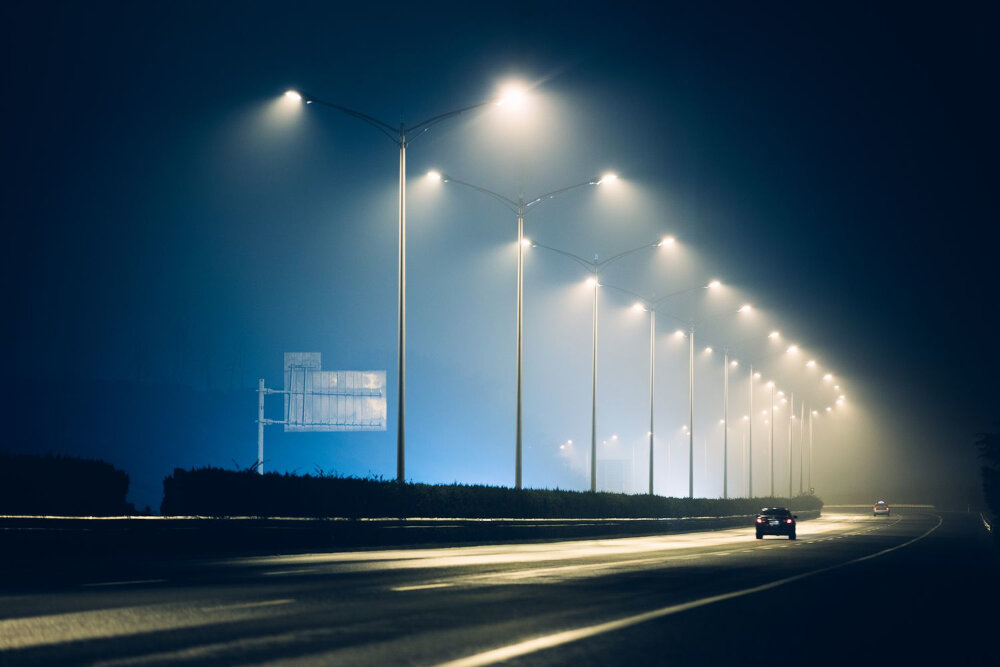
In conclusion, LED lights are an innovative and efficient technology that have revolutionized the way we light our homes and businesses. By utilizing a semiconductor to convert electrical energy into light, LEDs are able to produce bright, long-lasting illumination while using significantly less energy than traditional incandescent bulbs. Additionally, LEDs are highly customizable, allowing for a wide range of colors and designs, and can be used in a variety of applications, from household lighting to automotive and street lighting. As we continue to prioritize energy efficiency and sustainability, LED technology will undoubtedly play a critical role in shaping the future of lighting.



